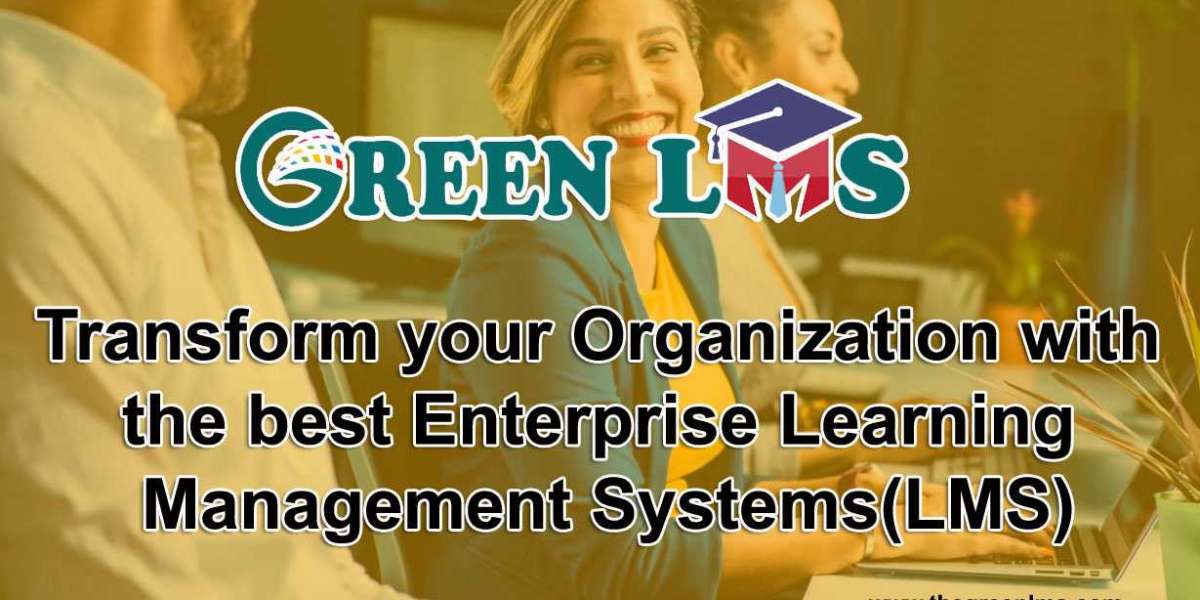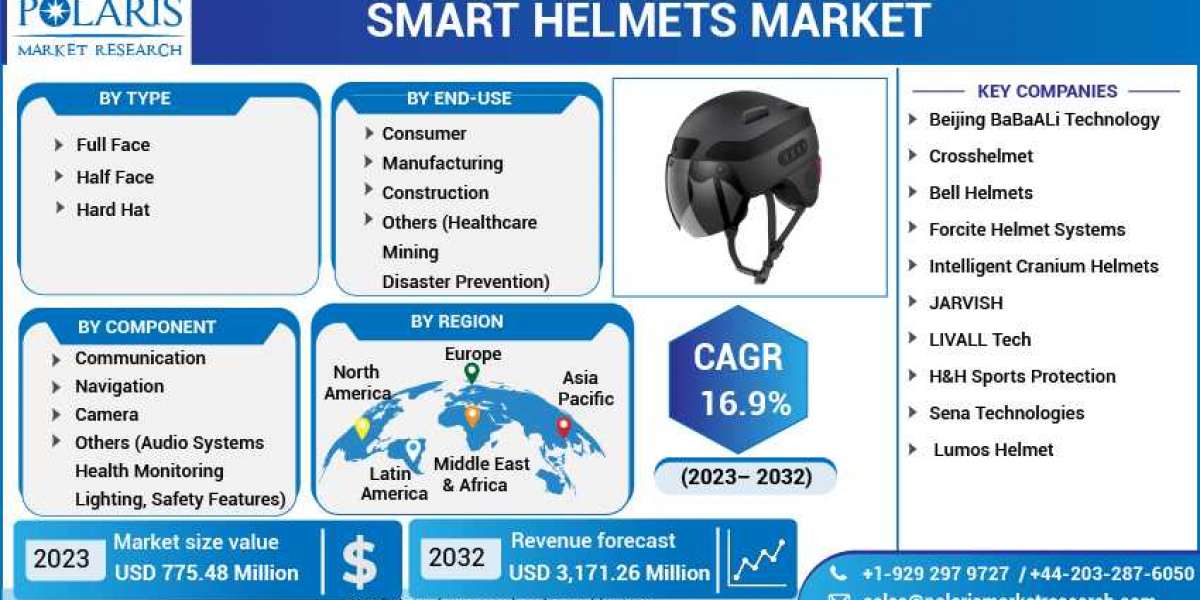Introduction
Multimedia content is an essential part of many modern learning management systems (LMSs). Multimedia content can make learning more engaging and effective, and it can also help to accommodate different learning styles.
However, hosting multimedia content on an LMS can be challenging. Multimedia files can be large and resource-intensive, and they can also be difficult to stream reliably to learners.
In this article, we will discuss some of the technical challenges of hosting multimedia content on LMSs and provide some best practices for doing so.
Challenges of hosting multimedia content on LMSs
There are a number of challenges to hosting multimedia content on LMSs, including:
File size: Multimedia files can be very large, especially high-quality video and audio files. This can put a strain on the LMS's storage and bandwidth resources.
Streaming: Streaming multimedia content to learners can be challenging, especially if the learners are located in different parts of the world. This is because the video and audio streams need to be encoded in a way that is compatible with different devices and browsers.
Accessibility: It is important to make sure that multimedia content is accessible to all learners, including those with disabilities. This means providing captions for videos and transcripts for audio recordings.
Best practices for hosting multimedia content on LMSs
There are a number of best practices for hosting multimedia content on LMSs, including:
Use a content delivery network (CDN): A CDN can help to deliver multimedia content to learners more efficiently and reliably. A CDN is a network of servers that are located all over the world. When a learner requests a multimedia file, the CDN will deliver the file from the server that is closest to the learner.
Use a video transcoding service: A video transcoding service can convert video files into different formats and codecs. This can help to make video files more compatible with different devices and browsers.
Provide captions and transcripts: Captions and transcripts make multimedia content more accessible to all learners, including those with disabilities. Captions are text that is displayed on the screen during a video. Transcripts are text versions of audio recordings.
Use a variety of multimedia formats: Different learners prefer different multimedia formats. Some learners prefer to watch videos, while others prefer to listen to audio recordings. Some learners also prefer to read text-based content. By offering a variety of multimedia formats, you can accommodate the needs of all learners.
Conclusion
Hosting multimedia content on LMSs can be challenging, but it is important to do so in order to provide learners with an engaging and effective learning experience. By following the best practices outlined in this article, you can host multimedia content on your LMS in a way that is efficient, reliable, and accessible.
Additional technical insights
Here are some additional technical insights into hosting multimedia content on LMSs:
Use a cloud-based LMS: Cloud-based LMSs typically have more storage and bandwidth resources than on-premise LMSs. This makes them a good choice for hosting multimedia content.
Use a video encoding software: Video encoding software can be used to compress video files without sacrificing quality. This can help to reduce the file size of video files and make them easier to stream.
Use a media player that supports Adaptive Bitrate Streaming (ABR): ABR allows the video player to adjust the quality of the video stream based on the learner's internet connection speed. This helps to ensure that learners can stream videos smoothly, even if they have a slow internet connection.
By following these additional technical insights, you can further improve the way that you host multimedia content on your LMS.
Explore the potential of this cloud-based LMS firsthand by signing up for a free lifetime Business LMS with a limit on users. This allows you to experience the full scope of features that Green LMS provides, and to critically assess if it is the right fit for you.
Dive deeper into the versatility of Green LMS:
LMS for University, LMS for Schools, LMS for Corporate, LMS for Business, LMS for Automobiles, LMS for Banking and Finance, LMS for Construction, LMS for Customer Training, LMS for Education, LMS for FMCG, LMS for Government, LMS for Healthcare, LMS for Hospitality, LMS for Information Technology, LMS for Logistics, LMS for Manufacturing and Retail, LMS for Non-Profit and LMS for Oil and Gas. Ready to take the leap into efficient and effective online learning and training management? Click here for Lifetime Free LMS. https://www.thegreenlms.com/book-a-demo/








